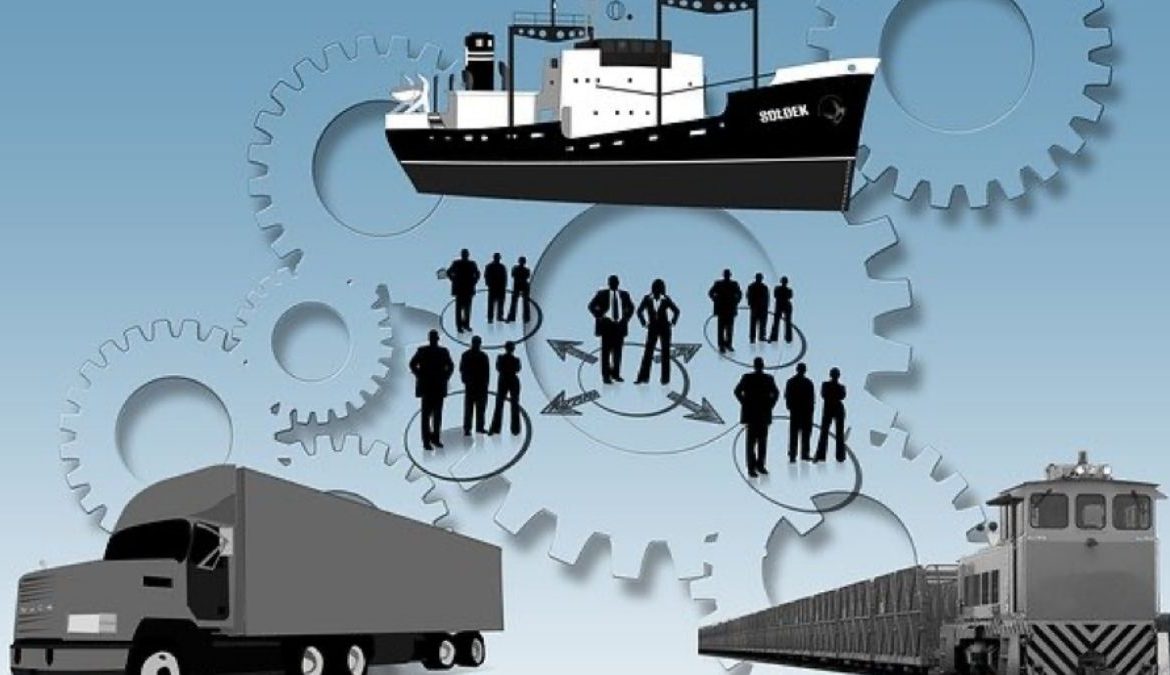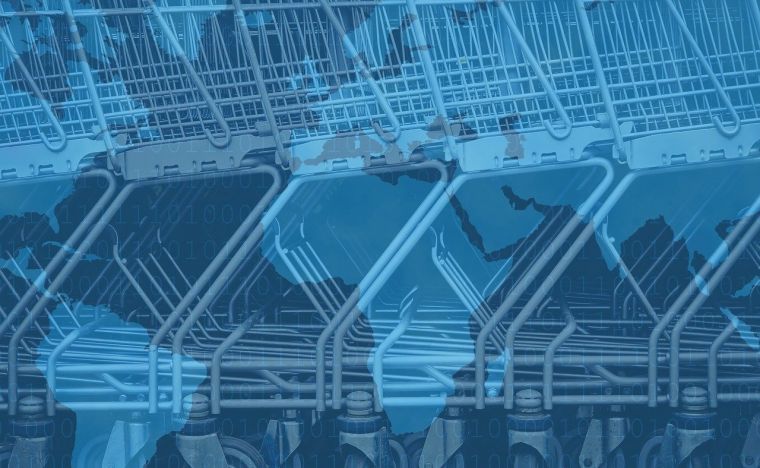Intermodal and transloading shipping allows for a smooth and easy moving process between trucks and trains. Because of the simple fact that railroad tracks simply don’t exist in that many locations, this type of shipping is often unavoidable. Single-mode services often can no longer keep up like they used to. This is where intermodal and transloading come into play. Both intermodal and transloading shipping are extremely beneficial; however, they do have slight differences. Let’s discuss what each of them is and where those differences lie.
Intermodal vs. Transloading
What is Intermodal Shipping?
Intermodal shipping is the transferring between road and rail carriers. This is usually done in containers and between trucks and trains. One of the main ways that it differs from transloading is that the products stay in the same container the whole time throughout the shipping process. The process may look like this; products are loaded in and placed on a truck, the truck drives them to an intermodal ramp, it is then lifted onto a train and transported to its final destination. Rinse and repeat. It’s a pretty straightforward process that allows for a lot of versatility. This process itself is what defines intermodal shipping. When you think of intermodal shipping, think containers.
Intermodal shipping is cost-effective, fuel-efficient, sustainable, and reliable. Union Pacific breaks it down like this, “let’s say you’re shipping 100 truckloads from Los Angeles to Chicago. Using an intermodal savings calculator, going with intermodal will save you an average of $115,800 per year.” If this isn’t enough to get your supply chain on the intermodal bandwagon, I don’t know what will.
What is Transloading?
Transloading is an extremely similar process. However, the products do not stay in the same container. Instead, they move on conveyances. In short, transloading is referring to the products themselves, not the containers. The process still looks the same, but this is the key difference. Products are loaded on a truck that transports them to a facility, they are then transferred to a rail car and sometimes sent back to trucks for the final step. The type of product is what determines how it will get transferred. Therefore, when you think of transloading, think of the products themselves.
One huge benefit of transloading is the lowering of transportation costs. Shipping via rail is a cost-effective method; however (as mentioned earlier), tracks aren’t everywhere. Transload facilities will store and transfer your products. No more need to invest in expensive equipment and warehouses. Obviously, you will be increasing your reach with this method of shipping. A transload facility may be just around the corner of your business (they’re everywhere!). You’ll also be able to hand it off to experts. This can be especially helpful if you’re not well versed in the shipping world. A single rail car can carry the same amount of product as three to four truckloads — and trains are three to four times more fuel-efficient than trucks. That’s a heck of a lot more load. In fact, you’re shipping more and spending less. This is a win-win for your supply chain!
The Difference
As you may see, the differences are subtle. What keeps them in the same family is that both shipping methods use two or more modes to transfer cargo. What differs is the type of cargo. Is it the goods themselves? Then it will be transported by transloading. Is it the whole container that will be shipped? Then intermodal shipping should be used.
Is One Better Than the Other?
Now that we’ve broken down the difference, is one better than the other? Not exactly. This entirely depends on what’s being shipped. While intermodal requires a single container to be moved between modes, transloading is much better for those who don’t have a specific container that needs to be shipped (such as using a pallet or loose shipping bulk/oddly shaped cargo like steel beams). Intermodal and transloading shipping are methods that are absolutely necessary for this age of growth and technology. What are you waiting for?
Additional Information: Advantages and Disadvantages of Transloading
Ship Fortress LLC | Best Reefer Truckload | 3PL Warehouse Facility & Logistics in Milwaukee
Ship Fortress in Milwaukee understands every business has its own specific requirements. We customize and create solutions to meet each business’s unique needs. We truly do provide our clients with
- cost-effective delivery services
- flexible
- high-quality logistics solutions & LTL services
As a seamless extension of our clients’ business, we have a passion for exceptional customer service. Our experience and expertise allow us to provide multiple layers of client support services to propel businesses forward. Contact us for a FREE Quote.





